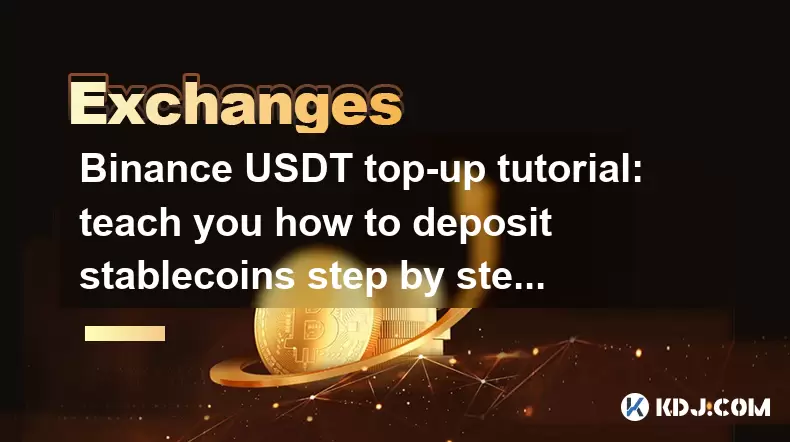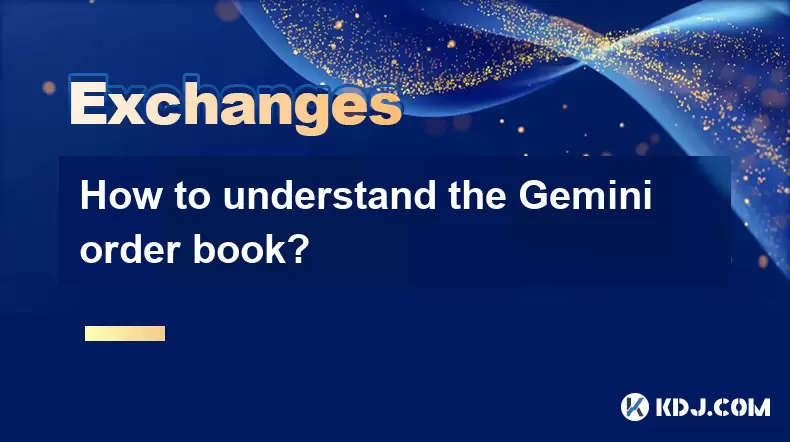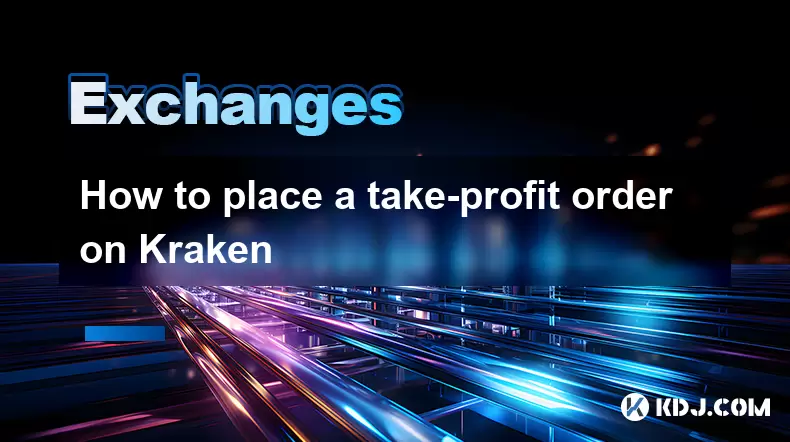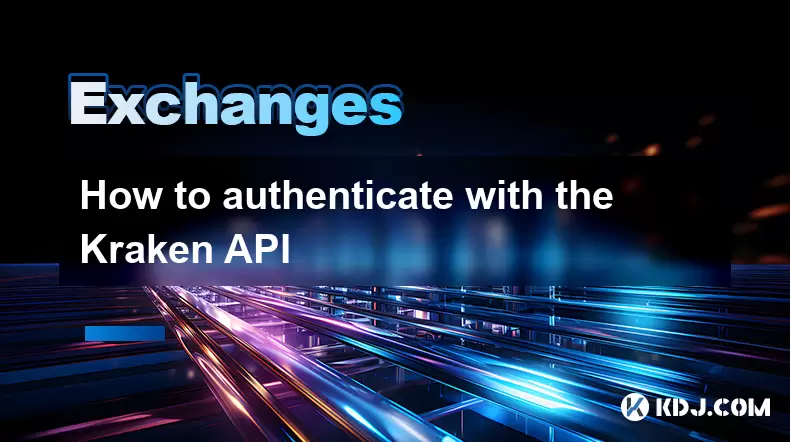-
 Bitcoin
Bitcoin $113900
-1.39% -
 Ethereum
Ethereum $3517
-4.15% -
 XRP
XRP $3.009
1.59% -
 Tether USDt
Tether USDt $0.9997
-0.04% -
 BNB
BNB $766.8
-1.41% -
 Solana
Solana $164.6
-2.38% -
 USDC
USDC $0.9998
-0.02% -
 TRON
TRON $0.3277
0.65% -
 Dogecoin
Dogecoin $0.2023
-1.67% -
 Cardano
Cardano $0.7246
0.05% -
 Hyperliquid
Hyperliquid $38.27
-4.77% -
 Sui
Sui $3.528
-0.52% -
 Stellar
Stellar $0.3890
-0.73% -
 Chainlink
Chainlink $16.16
-2.69% -
 Bitcoin Cash
Bitcoin Cash $539.9
-4.38% -
 Hedera
Hedera $0.2425
-2.00% -
 Avalanche
Avalanche $21.71
-0.97% -
 Toncoin
Toncoin $3.662
5.73% -
 Ethena USDe
Ethena USDe $1.000
-0.02% -
 UNUS SED LEO
UNUS SED LEO $8.964
0.35% -
 Litecoin
Litecoin $107.7
2.33% -
 Shiba Inu
Shiba Inu $0.00001223
-0.40% -
 Polkadot
Polkadot $3.617
-0.97% -
 Uniswap
Uniswap $9.052
-2.49% -
 Monero
Monero $295.1
-3.79% -
 Dai
Dai $0.9999
0.00% -
 Bitget Token
Bitget Token $4.315
-1.85% -
 Pepe
Pepe $0.00001060
0.11% -
 Cronos
Cronos $0.1342
-2.72% -
 Aave
Aave $256.0
-0.87%
Binance USDT top-up tutorial: teach you how to deposit stablecoins step by step
Learn to deposit USDT on Binance with our step-by-step guide: prepare, access, initiate, obtain address, transfer, monitor, and verify your stablecoin deposit.
May 27, 2025 at 11:00 pm

Binance USDT Top-Up Tutorial: Teach You How to Deposit Stablecoins Step by Step
Depositing stablecoins like USDT (Tether) into your Binance account is a straightforward process, but it requires careful attention to detail to ensure that your funds are transferred securely and efficiently. In this tutorial, we will walk you through the steps required to top up your Binance account with USDT, ensuring you understand each part of the process.
Preparing for the USDT Deposit
Before you start the deposit process, it's essential to ensure that you have a few things in place. First, you need to have a Binance account. If you don't have one, you'll need to sign up and complete the necessary identity verification steps. Second, ensure you have USDT in another wallet or exchange from where you can transfer it to Binance. Additionally, make sure you have the correct network (blockchain) selected for the transfer, as USDT can be transferred over multiple networks such as TRC-20, ERC-20, and others.
Accessing the Deposit Page on Binance
To begin the deposit process, log into your Binance account. Once logged in, navigate to the Wallet section, typically located at the top of the page. Within the Wallet section, select Fiat and Spot. This will take you to the page where you can manage your cryptocurrencies, including depositing and withdrawing funds.
Initiating the USDT Deposit
On the Fiat and Spot page, you'll see a list of cryptocurrencies that you can deposit. Find USDT in the list and click on the "Deposit" button next to it. This will open a new window where you will be prompted to select the network for your deposit. Choose the appropriate network based on where your USDT is currently held. For example, if your USDT is on the Tron network, select TRC-20.
Obtaining the Deposit Address
After selecting the network, Binance will generate a deposit address and a memo/tag (if applicable) for your USDT deposit. Copy this address and memo/tag carefully. These details are crucial for ensuring that your USDT reaches your Binance account. Any mistake in the address or memo/tag could result in the loss of your funds.
Transferring USDT to Binance
Now that you have the deposit address and memo/tag, you need to initiate the transfer from your external wallet or exchange. Open your external wallet or exchange where your USDT is held. Find the option to withdraw or send USDT, and enter the deposit address and memo/tag that you copied from Binance. Double-check the address and memo/tag to ensure they are correct. Enter the amount of USDT you wish to deposit and confirm the transaction.
Monitoring the Deposit Status
After initiating the transfer, it's important to monitor the status of your deposit. Return to your Binance account and go back to the Fiat and Spot page. Here, you can see the status of your deposit. Depending on the network you used, the transaction may take anywhere from a few minutes to several hours to complete. Keep an eye on the transaction hash (TXID) provided by your external wallet or exchange, as you can use this to track the progress of your deposit on a blockchain explorer.
Verifying the Deposit
Once the transaction is confirmed on the blockchain, the USDT should appear in your Binance account. Check your balance on the Fiat and Spot page to confirm that the deposit has been successfully credited. If you don't see the funds immediately, give it some time, as the processing speed can vary. If the funds still don't appear after a reasonable amount of time, you may need to contact Binance support for assistance.
Frequently Asked Questions
Q: Can I deposit USDT to Binance using any network?
A: While Binance supports multiple networks for USDT deposits, such as TRC-20, ERC-20, and others, you must ensure that the network you choose matches the one where your USDT is currently held. Using the wrong network can result in the loss of your funds.
Q: What should I do if I accidentally send USDT to the wrong network?
A: If you send USDT to the wrong network, the funds may be lost. In such cases, immediately contact Binance support with all relevant transaction details, including the TXID, to see if they can assist in recovering your funds.
Q: Is there a minimum or maximum amount for USDT deposits on Binance?
A: Binance may have different minimum and maximum deposit limits depending on the network you use. Check the specific limits on the deposit page for USDT on Binance before initiating your transfer.
Q: How long does it take for a USDT deposit to be credited to my Binance account?
A: The time it takes for a USDT deposit to be credited to your Binance account depends on the network you use. Generally, TRC-20 transactions are faster and may take a few minutes, while ERC-20 transactions can take longer, sometimes up to an hour or more.
Disclaimer:info@kdj.com
The information provided is not trading advice. kdj.com does not assume any responsibility for any investments made based on the information provided in this article. Cryptocurrencies are highly volatile and it is highly recommended that you invest with caution after thorough research!
If you believe that the content used on this website infringes your copyright, please contact us immediately (info@kdj.com) and we will delete it promptly.
- DeFi Token Summer Gains: Is Mutuum Finance the Real Deal?
- 2025-08-02 18:30:12
- Bitcoin, Realized Price, and the Top: Are We There Yet?
- 2025-08-02 18:30:12
- Phishing, Wallets, and Stolen Funds: Staying Safe in the Wild West of Crypto
- 2025-08-02 16:30:12
- Rare Coin Alert: Is That 50p in Your Pocket Worth £10,000?
- 2025-08-02 16:30:12
- Arbitrum (ARB) Price Prediction: Oversold Signal or Breakout Imminent?
- 2025-08-02 16:55:36
- Arbitrum (ARB): Navigating Price Dips, PayPal Perks, and the Road Ahead
- 2025-08-02 17:00:12
Related knowledge

How to understand the Gemini order book?
Aug 02,2025 at 03:35pm
What Is the Gemini Order Book?The Gemini order book is a real-time ledger that displays all open buy and sell orders for a specific cryptocurrency tra...

How to sell cryptocurrency on Gemini?
Aug 02,2025 at 05:07pm
Understanding the Gemini Platform and Account SetupBefore selling cryptocurrency on Gemini, it’s essential to ensure you have a fully verified account...

How to fix a failed cryptocurrency deposit to Kraken
Aug 02,2025 at 03:22pm
Understanding Why a Cryptocurrency Deposit Fails on KrakenWhen a cryptocurrency deposit fails on Kraken, the issue typically stems from one of several...

How to place a take-profit order on Kraken
Aug 02,2025 at 02:28pm
Understanding the Role of Private Keys in Cryptocurrency SecurityIn the world of cryptocurrency, private keys are the most critical component of digit...

How to authenticate with the Kraken API
Aug 02,2025 at 01:49pm
Understanding Kraken API Authentication RequirementsTo interact securely with the Kraken API, authentication is required for any private endpoints suc...

Why is my Kraken verification taking so long
Aug 02,2025 at 04:07pm
Understanding Kraken Account Verification ProcessKraken, one of the leading cryptocurrency exchanges, implements a multi-tiered verification system to...

How to understand the Gemini order book?
Aug 02,2025 at 03:35pm
What Is the Gemini Order Book?The Gemini order book is a real-time ledger that displays all open buy and sell orders for a specific cryptocurrency tra...

How to sell cryptocurrency on Gemini?
Aug 02,2025 at 05:07pm
Understanding the Gemini Platform and Account SetupBefore selling cryptocurrency on Gemini, it’s essential to ensure you have a fully verified account...

How to fix a failed cryptocurrency deposit to Kraken
Aug 02,2025 at 03:22pm
Understanding Why a Cryptocurrency Deposit Fails on KrakenWhen a cryptocurrency deposit fails on Kraken, the issue typically stems from one of several...

How to place a take-profit order on Kraken
Aug 02,2025 at 02:28pm
Understanding the Role of Private Keys in Cryptocurrency SecurityIn the world of cryptocurrency, private keys are the most critical component of digit...

How to authenticate with the Kraken API
Aug 02,2025 at 01:49pm
Understanding Kraken API Authentication RequirementsTo interact securely with the Kraken API, authentication is required for any private endpoints suc...

Why is my Kraken verification taking so long
Aug 02,2025 at 04:07pm
Understanding Kraken Account Verification ProcessKraken, one of the leading cryptocurrency exchanges, implements a multi-tiered verification system to...
See all articles

























































































